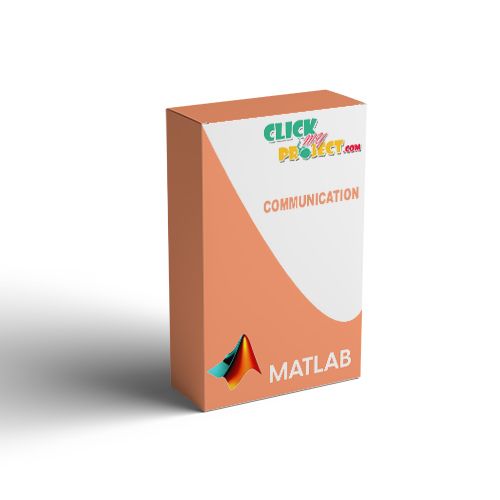Topological Modeling and Classification of Mammographic Microcalcification Clusters
₹3,500.00
10000 in stock
SupportDescription
Classification of benign or malignant micro-calcification clusters in mammograms is a major diagnostic challenge for radiologists. Clinical studies have explained that malignant micro-calcifications tend to be small and densely distributed while benign micro-calcifications are generally larger, and more diffusely distributed. Most of the existing works are focused either on the shape, texture or the distribution of the clusters. In mammographic imaging, the presence of micro-calcifications, small deposits of calcium in the breast, is a primary indicator of breast cancer. However, not all micro-calcifications are malignant and their distribution within the breast can be used to indicate whether clusters of micro-calcifications are benign or malignant. Computer-aided diagnosis (CAD) systems can be employed to help classify such micro-calcification clusters. In the existing system, a variety of features have been studied in the literature to characterize micro-calcifications and classify these abnormalities into malignant and benign, such as shape, morphological, cluster, intensity-based, and texture features. In this project a novel method for the classification of micro-calcification clusters in mammograms is proposed. The topology of micro-calcification clusters is analyzed at multiple scales using a graph-based representation of their topological structure. This method is distinct from existing approaches that mainly concentrate on the morphology of individual micro-calcifications and only compute the distance-based cluster features at a fixed scale. In this method, a set of topological features are extracted from micro-calcification graphs at multiple scales, and a multiscale topological feature vector is subsequently generated to discriminate between malignant and benign cases.




